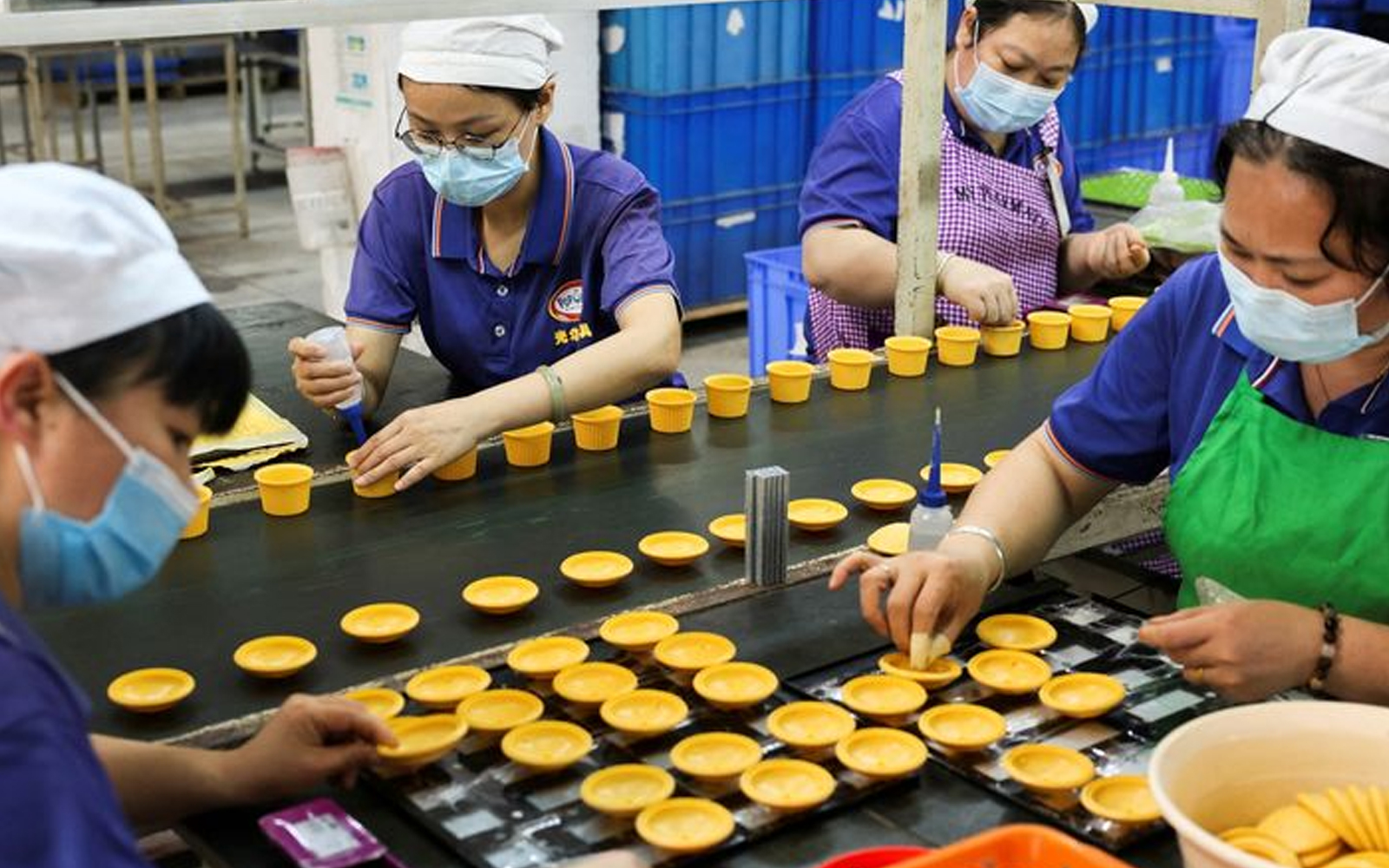
Markets cheered the news after the U.S. and China agreed to reduce tariffs, a development that could help to ease long-standing trade tensions between the world’s two largest economies.
The agreement, reached after two days of negotiations in Geneva, includes a 90-day timeline for reducing tariffs to de-escalate a trade dispute that has rocked global markets and raised concerns about the health of the global economy.
A Major Shift in Trade Policy
U.S. Trade Representative Jamieson Greer indicated that the U.S. will lower tariffs on Chinese goods from 145% to 30% and China will lower duties on American goods to 10%. Both countries also agreed to initiate consultations on trade matters beyond these goods.
The news quickly boosted investor sentiment. U.S. equities rose over 2%, the index in Hong Kong gained nearly 3%, and European indices gained roughly 0.7%. The U.S. dollar also strengthened in response.
Greer clarified that the deal applies only to tit-for-tat tariffs. The U.S. is retaining its overall 10% tariff on imports and existing tariffs on steel, aluminum, and autos. Other punishments aimed at China—such as on fentanyl-related matters—still stand.
Analysts say, even following the reductions, tariffs are still higher than pre-trade war times. The trade war began during President Trump’s second term in 2025 and has been restructuring global patterns of trade since then.
China Hails the Breakthrough
Chinese officials hailed the talks as “significant progress” and expected stronger cooperation to block unilateral tariff rises. WTO Director-General Ngozi Okonjo-Iweala hailed the breakthrough, terming it as a good sign for the global economy.
In a time of rising geopolitical tension, such a breakthrough is significant—not just for China and the U.S., but for the world at large, and particularly for the most fragile economies,” she said.


